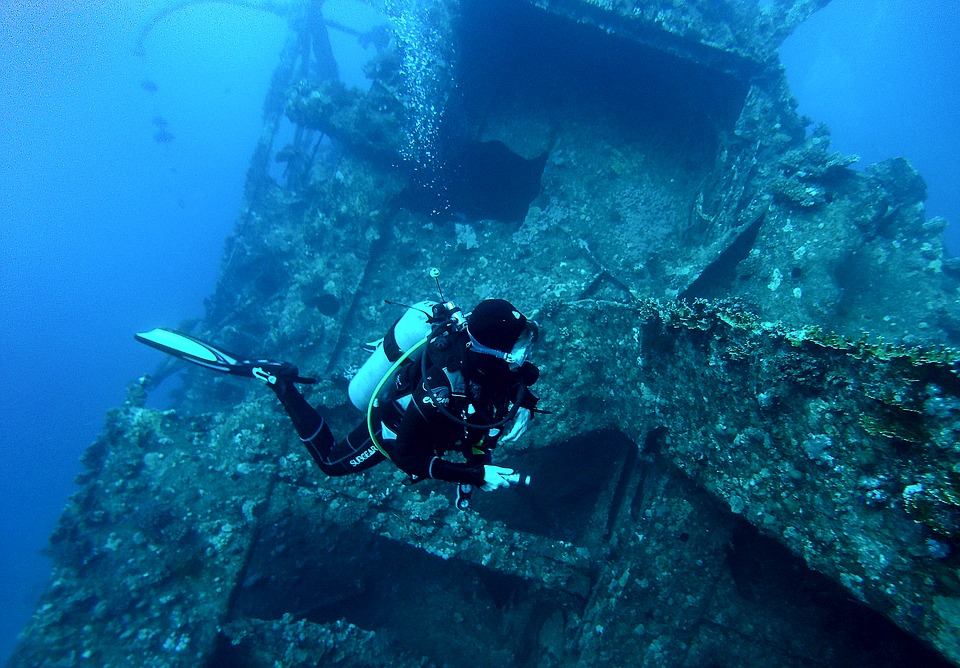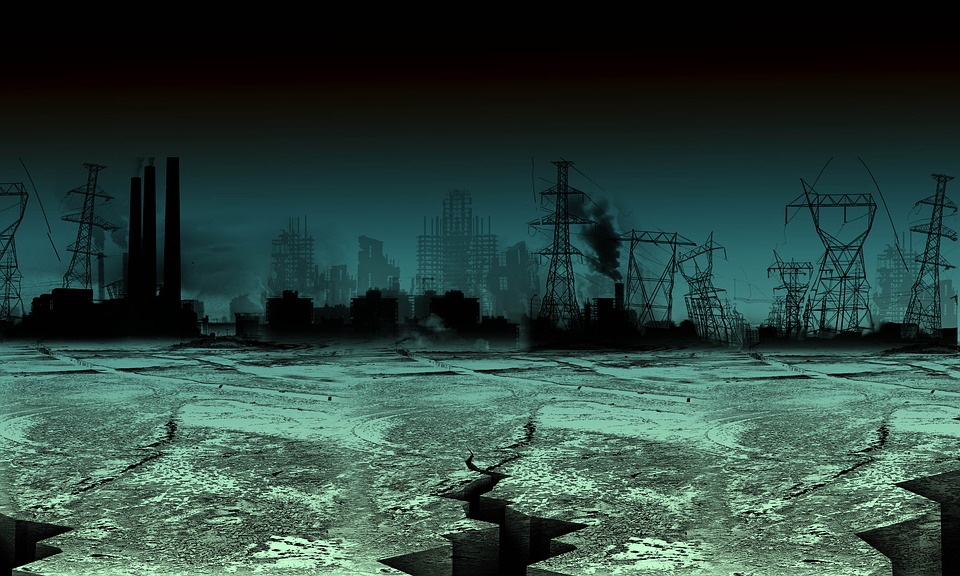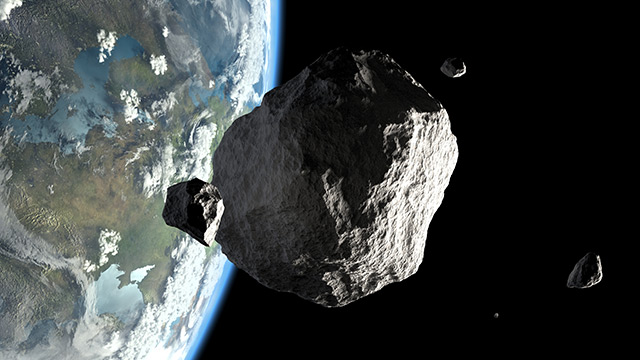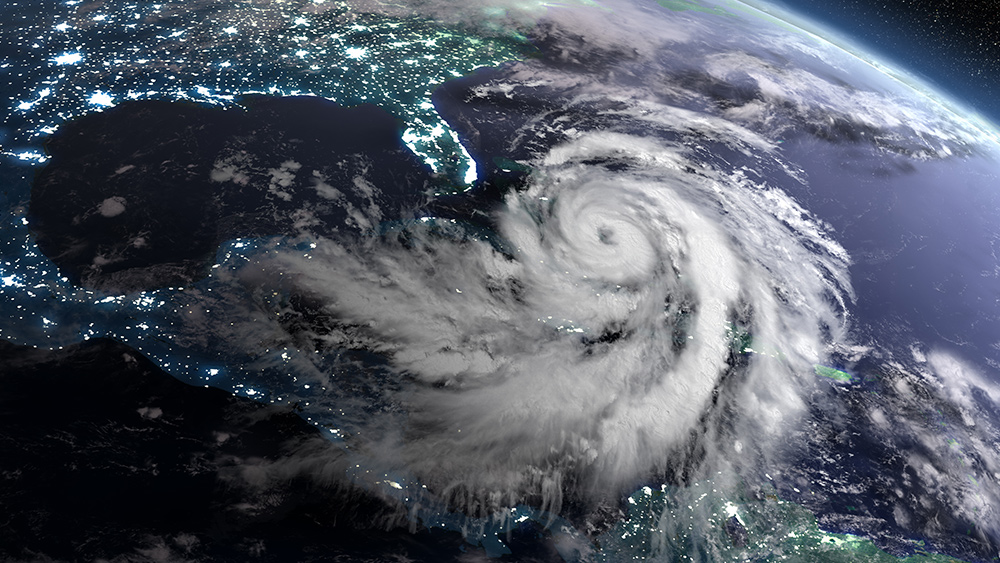Discovery of massive ruins of ancient Roman city hit by a tsunami proves “climate change” isn’t responsible for natural disasters
09/08/2017 / By Tracey Watson

With hurricanes Harvey and Irma dominating the headlines one would be forgiven for wondering if these and other natural disasters are a confirmation of the catastrophic man-made global warming narrative. With large swathes of Texas already deluged by the flood waters dumped by Harvey, and Florida in imminent danger of catastrophic storms courtesy of Irma, many of the mainstream media outlets are using this as an opportunity to reinforce the idea that warmer temperatures and oceans are causing these disasters.
It is important to maintain perspective though. Natural disasters, even those that have caused massive, widespread damage, are by no means unique to our time. As The Weather Channel notes, “Throughout history hurricanes and tropical storms have caused massive amounts of damage and misery in the United States.” [Emphasis added]
The site goes on to list some of the most damaging weather events in U.S. history, including:
- Two hurricanes which struck Louisiana and Georgia/South Carolina respectively in 1893, killing thousands;
- A category 4 hurricane that killed between 8,000 and 12,000 people in Galveston, Texas, in 1900;
- A devastating hurricane which took between 2,500 and 3,000 lives in South East Florida in 1928; and
- Hurricane Katrina, which killed 1,200 people directly and left 80 percent of New Orleans under water in 2005.
This is a pattern which dates all the way back to ancient times, with a famous example being the volcanic eruption of Mount Vesuvius in ancient Rome in 79 A.D. (Related: Discover the truth about global warming and climate change at ClimateScienceNews.com)
The History Channel explains what happened:
[T]he volcano buried the ancient Roman city of Pompeii under a thick carpet of volcanic ash. The dust “poured across the land” like a flood, one witness wrote, and shrouded the city in “a darkness…like the black of closed and unlighted rooms.” Two thousand people died, and the city was abandoned for almost as many years.
Now, an investigation of the underwater ruins of the ancient Roman city of Neapolis has determined that that city was devastated by a tsunami back in 365 A.D.
The Daily Mail recently reported that Neapolis, located off the coast of modern-day Tunisia, was the ancient center for the production of garum, a very popular, extremely expensive fish sauce favored by the ancient Romans as a condiment and medication.
A recent expedition to discover what happened to Neapolis uncovered street signs, monuments and evidence of garum production.
“It’s a major discovery,” Mounir Fantar, the head of the archaeological team, told AFP, as reported by the Mail. “This discovery has allowed us to establish with certainty that Neapolis was a major centre for the manufacture of garum and salt fish, probably the largest centre in the Roman world.”
The tsunami which partly submerged Neapolis on July 21, 365 A.D., caused extensive damage to an area stretching as far away as Alexandria in Egypt, and the island of Crete in Greece.
Little is known about the city, and the stories of its inhabitants have been lost to time. Nonetheless, the discovery that this ancient city disappeared under a massive wave, thousands of years ago, serves as a wake-up call to all the global warming hysterics who keep inferring that every natural disaster is the direct result of climate change.
The devastating reality is that natural disasters have always been a part of the human experience, and likely always will be. (Related: Global warming alarmists disappointed that Hurricane Matthew wasn’t worse.)
Sources for this article include:
Tagged Under: ancient natural disasters, climate change, global warming, Hurricanes, natural disasters, Neapolis, tsunami

















